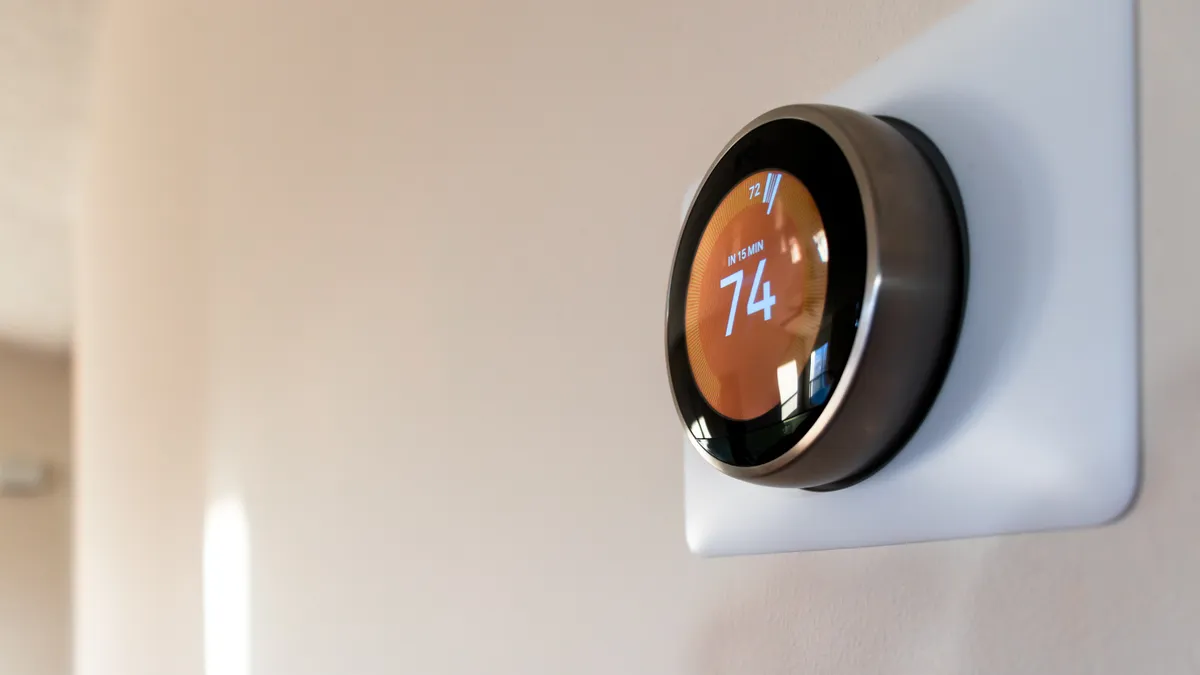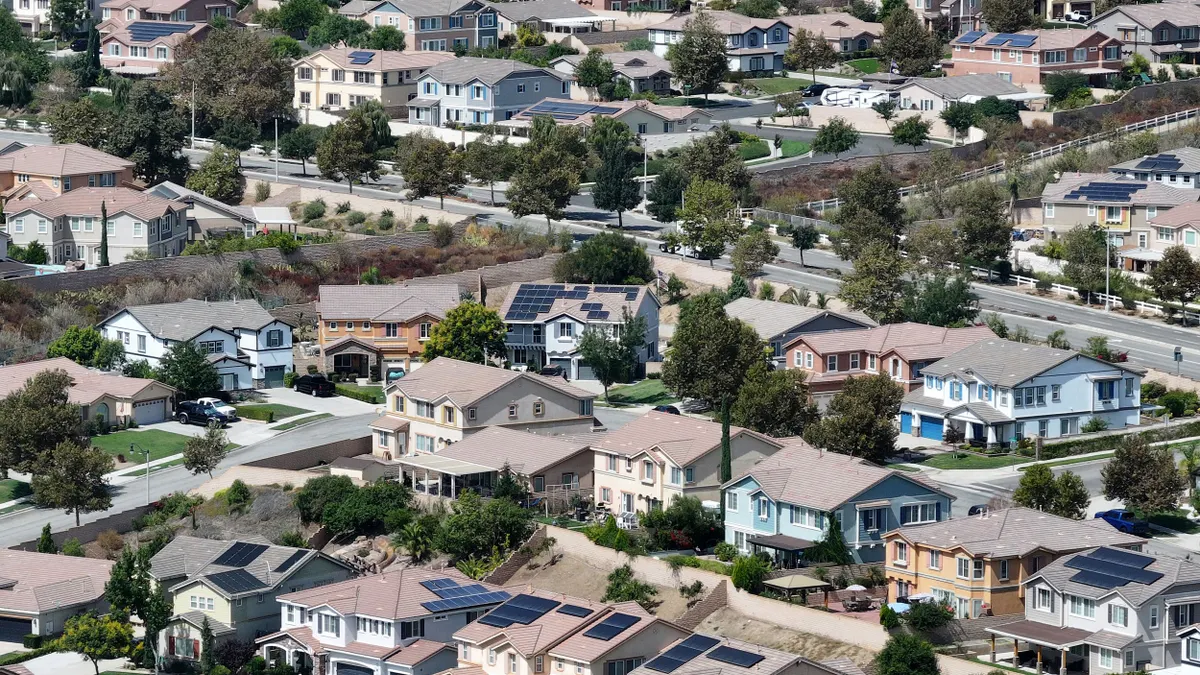Peter Cappers wants you to know what energy costs, when you use it:
“As an economist," he said, "I believe in marginal prices.”
Cappers works with the Electricity Markets and Policy Group at the Lawrence Berkeley National Laboratory, and authored a recent study examining variable utility rates and marketing strategies. The report, involving 10 utilities, is a part of the Department of Energy's Smart Grid Investment Grant which has joined with industry to invest almost $8 billion in projects aimed at modernizing the nation's utility grid.
As utilities invest more heavily in advanced metering infrastructure they are looking for ways to leverage that infrastructure through demand management programs. The ability to send customers more accurate pricing signals has consistently shown to result in more reliable load shifting; now, utilities are struggling with how to design and market variable rate plans that will simultaneously keeping their customers happy.
Results of the study bear out some expected results: Charging people for the energy they use gets a better response in terms of load shifting than crediting them for energy they don't. And opting-in large swaths of customers can be more effective than heavily recruiting a few energy-minded consumers.
But the study also revealed challenges, Cappers said. Looking towards the long-term expansion of demand management programs, dialing in the predictability and reliability of residential responses will be key in the long-term.
Utilities, Cappers said, need to consider “what kind of shifting they want, what kind of costs they have, and how they can design a rate that achieves both revenue neutrality and is based on costs but also gives the kind of shifting they are looking for."
"That," he added, "is not an easy thing for a rate designer to do.”
Study findings
The 10 participating utilities studied different types of rate treatments, the use of in-home displays and programmable thermostats, and the differences between opt-in and opt-out recruitment strategies.
The study found that for critical-peak, event-driven demand response programs, average demand reductions ranged from 11% to 30% for both critical peak pricing (CPP) and critical peak rebates (CPR).
Average reductions for CPP programs were about twice the size of rebate programs – 21% versus 11%, the study found, though when automated thermostat controls are added into the mix both programs returned about a 30% reduction.
“Critical peak rebate is nice in the sense that it's a no-risk proposition for customers but it isn't necessarily substantially more likely to get people to join, if you're seeking volunteers,” Cappers said. “It's a little better at keeping customers in, rather than critical peak pricing, which can have significant bill volatility from one month to the next.”
Of customers that had a programmable communicating thermostat, greater average peak reductions were achieved, as high as 45%, but customers on either type of pricing plan showed little interest in in-home energy monitoring devices.
SMUD told Utility Dive last month that more than 60% of customers who opted into the program never even connected the in home display, and many who did used them for only a limited time. “We don't intend to offer in-home displays,” said Erik Krause, SMUD's TOU rate manager. “They are cost prohibitive and not a lot of customers used them.”
Rate programs which defaulted customers in saw enrollment of about 3.5 times that of opt-in programs. But while demand reductions are higher amongst customers who chose to take part, the sheer mass of participants programs that automatically sign customers up means they can be more cost effective.
Participating utilities included Cleveland Electric Illuminating; DTE Energy; Green Mountain Power; Lakeland Electric; Marblehead Municipal Light Department; Minnesota Power; NV Energy; Oklahoma Gas and Electric; Sacramento Municipal Utility District, and Vermont Electric Cooperative.
Growing interest in TOU
There's no doubt that time-of-use rates are gaining traction, and may well be on their way to being the new utility standard. “I'd love that,” Cappers said.
SMUD has said it intends to make TOU the customer standard by 2018, about a year after California as said it may move all utilities in that direction. And earlier this year The Tennessee Valley Authority announced it is also considering changing the way it charges for power as it looks to flatten out the utility's demand curves.
And time-of-use rates, when managed well, can also result in higher customer satisfaction levels. Parks Associates last year issued a report that found homes with time-of-use rates were more satisfied with their electric service, once they made consumption adjustments.
And that last part is key, said Cappers. Utilities will need to communicate with the customers, educating them about how the new rates work and how they can manage their consumption around peak loads. “If your goal is to maximize peak load reduction, critical peak pricing is the clear winner,” Cappers said. “But there is a lot of concern from consumer advocates and regulators about bill volatility.”
Marketing and managing
How utilities market the new crop of rate-based demand management programs will be key to their success. Frankly, Cappers explained, terms like "time-of-use" and "critical peak pricing" may have established meanings in the utility industry but they are a turn-off to customers.
"So maybe you don't call it CPP. Maybe you call it 'Shift to Save,'" Cappers explained. "Utilities are beginning to see that they're basically selling a product. They are able to provide services and so they are beginning to ask, 'how do I profit from this?'"
But ultimately, the rate design will need to be effective. Cappers said some utilities must walk a thin line between keeping rates low and still effecting a shift. If your base power price is just 1 cent/KWh and your peak price is 1.2 cents, it simply won't matter to many consumers.
"Rates have to be cost-based but the utility does have a fair amount of license in how it wants to design the rate," Cappers said. "They have some license to design rates differentially, that are not perfect matches with system or marginal costs."
That means a utility with a low differential between its standard and peak pricing can still look for ways to make the rate work — effective peak rates are often twice to 2.5 times the normal rate, Cappers said.
"But it ultimately comes down to what a regulator is willing to accept," he cautioned.
"That goes back to the issues of rate design, and what your objective is," he said. "If you just hamstrung because of costs and you can't make these large differentials between peak and off-peak, you're just not going to get a lot of shifting."





















